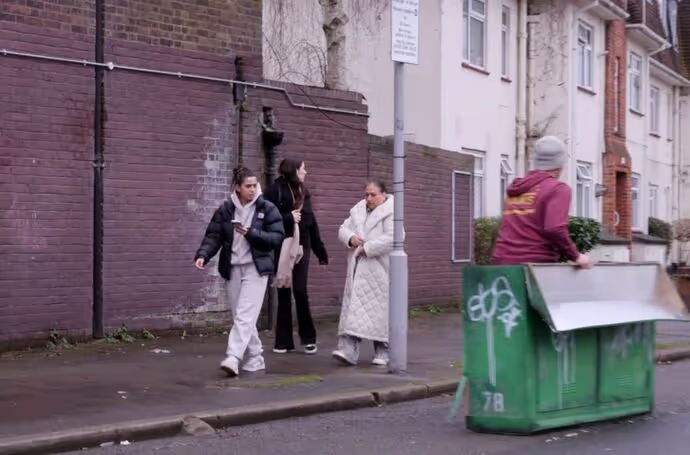MPs debate cycling safety
February 20, 2012


More than 25,000 people have so far pledged their support for the Times’s Cities Fit for Cycling Campaign and a parliamentary debate has now taken place in Westminster Hall.
The debate was well attended and among the suggestions made was a call by Transport Minister Norman Baker for every city to have its own cycling commissioner. The role would be responsible for pressing home reforms such as 20mph speed limits in their local area.
United front for cycle safety
A wide group of organisations, including the ETA, now calls on all MPs to take this opportunity to make a real difference by standing up for more and safer cycling in Britain.
Cycling has a fantastic range of benefits: for our health, for our streets, for our economy, our environment, and our wallets. During the last decade, cycle use in Britain grew by 20% (and by more than 100% in some cities), while cyclist casualties fell by 17%.
More and safer cycling can, and should, go hand in hand. Yet despite this, improvements in safety for Britain’s cyclists have not kept up with that of other road users, and lags well behind that of neighbouring countries with much higher cycle use.
The following briefing notes have been sent to MPs by the UK Cycling Alliance (UKCA) and has been supported by a wider group of organisations including the ETA. They offer headline information on the key issues which have an impact on the future of cycling in Britain.
Why do we need more cycling?
Why do we need safer cycling?
A depressingly high proportion of short trips are made by car, 23% under a mile, 33% 1 – 2 miles, and 79% 2 – 5 miles. Many people in Britain would like to choose the bike as an alternative way to travel but often feel put off by a fear of traffic. As well as perceived risks which prevent take-up of cycling, there are many real dangers on the road which must be confronted everyday by cyclists.
The speed of motor traffic has an effect on the severity of injuries suffered by cyclists – severity increases with the speed limit, meaning that riders are more likely to suffer serious or fatal injuries on higher speed roads.
The poor design of roads and junctions increases the danger to cyclists. Almost two thirds of cyclists killed or seriously injured were involved in collisions at, or near, a road junction, with T junctions being the most commonly involved.
Irresponsible driver behaviour has been shown to be the cause of many collisions with cyclists. In collisions involving a bicycle and another vehicle, the most common key contributory factor recorded by the police is ‘failed to look properly’ by either the driver or rider, especially at T junctions. ‘Failed to look properly’ was attributed to the car driver in 74% of injury collisions in London and to the cyclist in 26%.
Heavy goods vehicles (HGVs) present a particular danger for cyclists, especially in London where around 50% of cyclist fatalities involve an HGV. These often occur when an HGV is turning left at a junction’. About one quarter of accidents resulting in serious injury to a cyclist involved an HGV, bus or coach ‘passing too close’ to the rider.
Safety in numbers is the principle that the more people we get cycling, the safer they are. Given that we know that lots of people are put off cycling by the danger/perceived danger we need to work hard to reduce exposure to risk by reducing potential conflicts between cyclists and other road users. Governments have for too long failed to commit to sustained investment to promote cycling as a normal everyday choice of transport.
Cycle insurance
Cycle insurance from the ETA includes new-for-old replacement, covers accidental damage (including at race events), personal accident, a breakdown service for cyclists and much more.

Information correct at time of publication.







